Homemade yogurt is a nutrient-dense and economical food that is full of probiotics and enzymes helpful for a healthy balance of gut microbes. Whether you are focusing on healing your gut, watching your budget, or desire to add the art of cultured dairy to your repertoire, preparing homemade yogurt is an important part of any real-food kitchen. You will soon find yogurt-making to be an enjoyable kitchen task requiring very little thought; as it is a skill that once learned becomes second nature.
To increase the digestibility of yogurt, we recommend allowing it to culture for 24 hours. This can also be game-changing for those that experience digestive distress from lactose as the microbes within the yogurt culture greatly diminish the lactose content within the milk after a 24 hour period.
Another aspect to consider when sourcing raw milk is looking for a heritage breed cow or goat's milk. Most holstein cattle's milk protein is A1 beta casein, which is largely responsible for digestive and inflammatory responses after consuming their milk. The protein structure in heritage breeds of cattle such as Guernsey, Jersey, and even goat's milk is mostly, if not all A2 beta casein. This type of milk oftentimes better tolerated by the body. The Weston A. Price Foundation has an excellent resource called realmilk.com that makes sourcing quality milk much easier. Local readers, check in with us; we have a list of farms that offer superb dairy and other foods in our area.
To preserve the naturally occurring beneficial enzymes and bacteria present in raw milk, we recommend preparing yogurt with unpasteurized milk. The only potential downside to yogurt-making with raw milk is that these wonderful microbes can compete with those in the starter culture which can cause inconsistent results or the need for a new starter culture fairly regularly. Additionally, it can have a more liquid consistency than yogurt prepared with pasteurized milk. To buffer this, I like to add gelatin to my raw milk yogurt to slightly thicken it. Another option would be to strain yogurt through an unbleached coffee filter or yogurt strainer to thicken it.
INGREDIENTS
1 quart grass-fed, raw milk*
Starter culture such as 2 tablespoons of plain store-bought yogurt, 2 tablespoons of yogurt from previous batch, or powdered starter culture used as directed on package**
2 teaspoons sustainably-raised gelatin (optional)
In a saucepan, heat the milk over medium-low heat until it reaches roughly 110 degrees. Remove from the heat and stir in your preferred starter culture to inoculate the milk. If you choose to thicken the yogurt with gelatin, vigorously whisk the gelatin into the milk at this time. In order for the microbes in the starter culture to proliferate and culture the milk into yogurt, incubation, or holding the milk at a certain temperature, must be maintained. This can be done in a yogurt maker, in a warm oven with a pilot light, or in a dehydrator set to 100 degrees. Another option is to place the jars in a cooler or slow cooker with several inches of roughly 100 degree water in the bottom and wrap it in a towel for incubation. Allow the yogurt to culture for 8-12 hours and up to 24 for those who do not tolerate lactose. Once the incubation period is complete, place the jars in the refrigerator to chill and thicken the yogurt. Follow these simple steps and it is sure to yield a rich, creamy and tangy end product.
*Note that this recipe can be scaled up or down according to the size batch you would like to make. Most often, I prepare yogurt a gallon (4 quarts) at a time.
**There are several starter cultures available online and at local markets; such as ABY-2C. Cultures for Health is a great online resource that is also available at Thrive Market.




